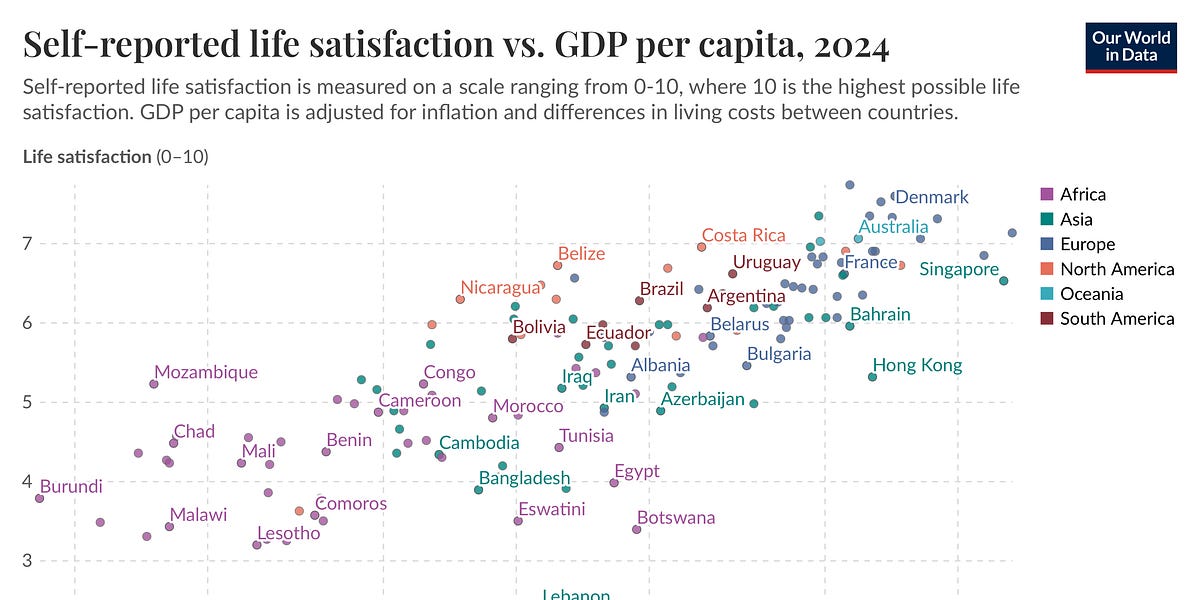A change in the Southern Ocean structure can have climate implications
Satellite data processing algorithms developed by ICM-CSIC have played a crucial role in detecting this significant shift in the Southern Hemisphere, which could accelerate the effects of climate change.
Thanks to data obtained from Earth observation satellites, an international team of scientists has detected an unprecedented phenomenon for the first time: a change in the state of the Southern Ocean. The study, led by the University of Southampton (United Kingdom), was recently published in the journal PNAS. The Institut de Ciències del Mar (ICM-CSIC) played a fundamental role in the research by developing a set of pioneering satellite observations within the framework of the SO-FRESH project, funded by the European Space Agency (ESA).
The study’s main finding is both surprising and alarming: since 2016, a sustained increase in surface salinity has been detected across the Antartic Circumpolar Current. That change in water composition suggests a change in the balance of the components the ocean circulation in the Southern Hemisphere. Fresher surface water close to the sea ice edge is being replaced by more saline waters.
“We are witnessing a true change in ocean properties in the Southern Hemisphere—something we’ve never seen before. Climate models predict freshening of surface wàters in the Southern Ocean, while we observe the opposite, an increase in salinity” explains Antonio Turiel, ICM-CSIC researcher and co-author of the study. “While the world is debating the potential collapse of the AMOC in the North Atlantic, we’re seeing that the Southern Ocean is drastically changing, as sea ice coverage declines and the upper ocean is becoming saltier. This could have unprecedented global climate impacts.”
:quality(75)/https%3A%2F%2Fassets.lareviewofbooks.org%2Fuploads%2FPolitics%20of%20rights%20of%20nature%20crop.jpg)












